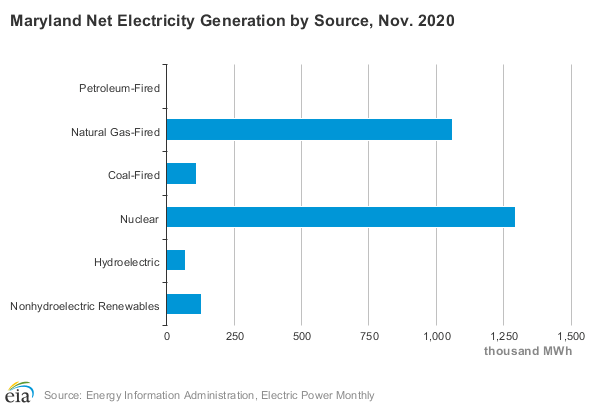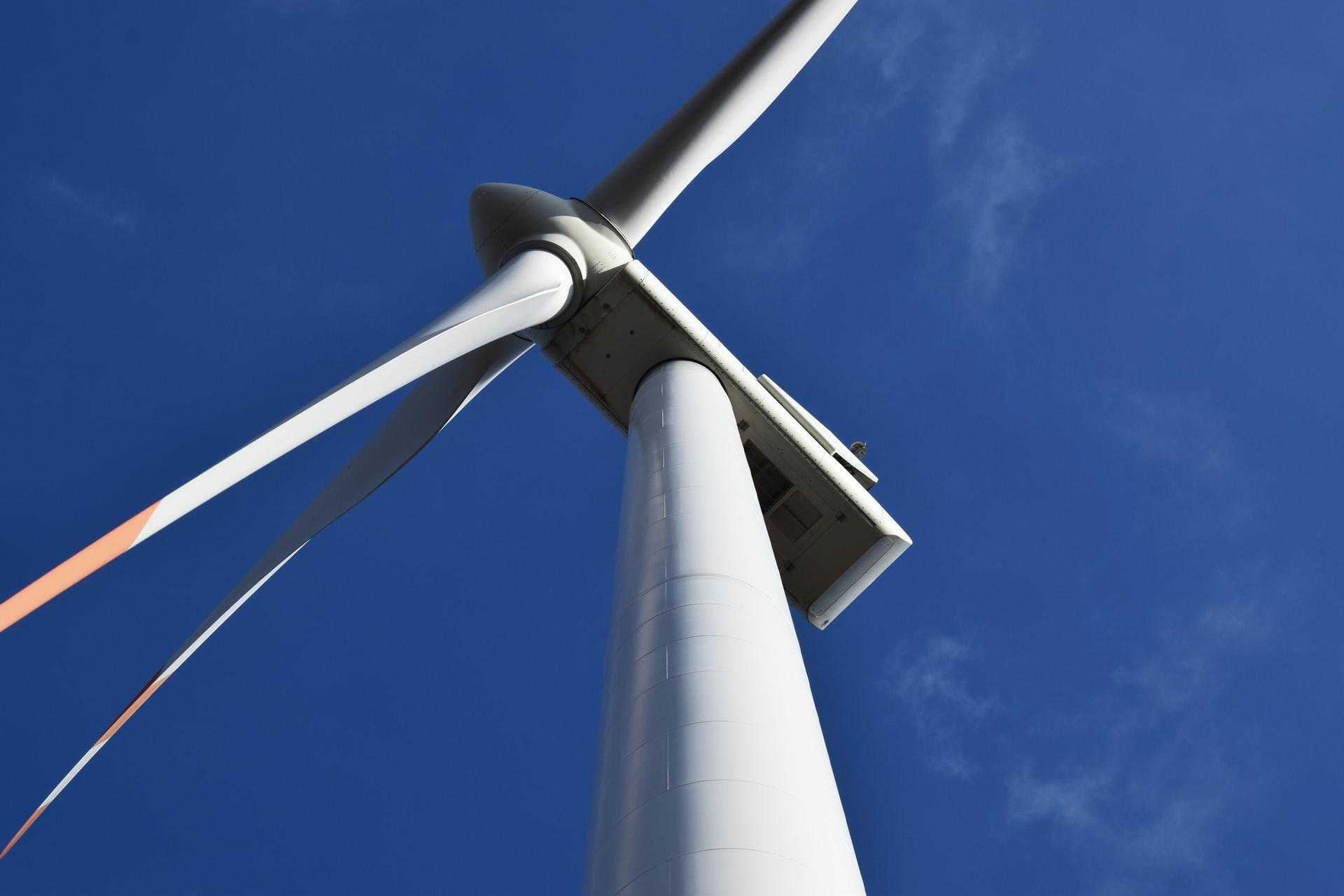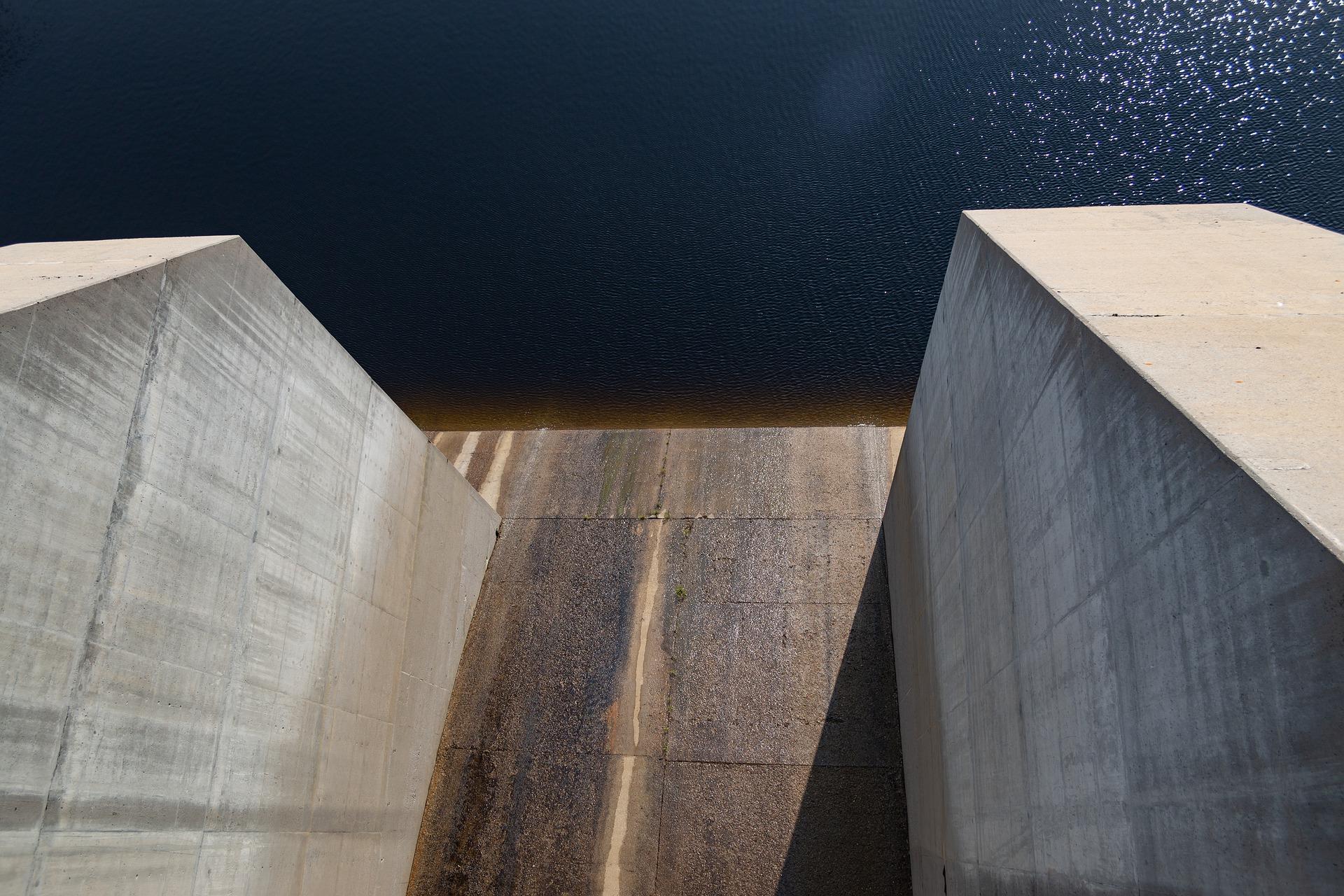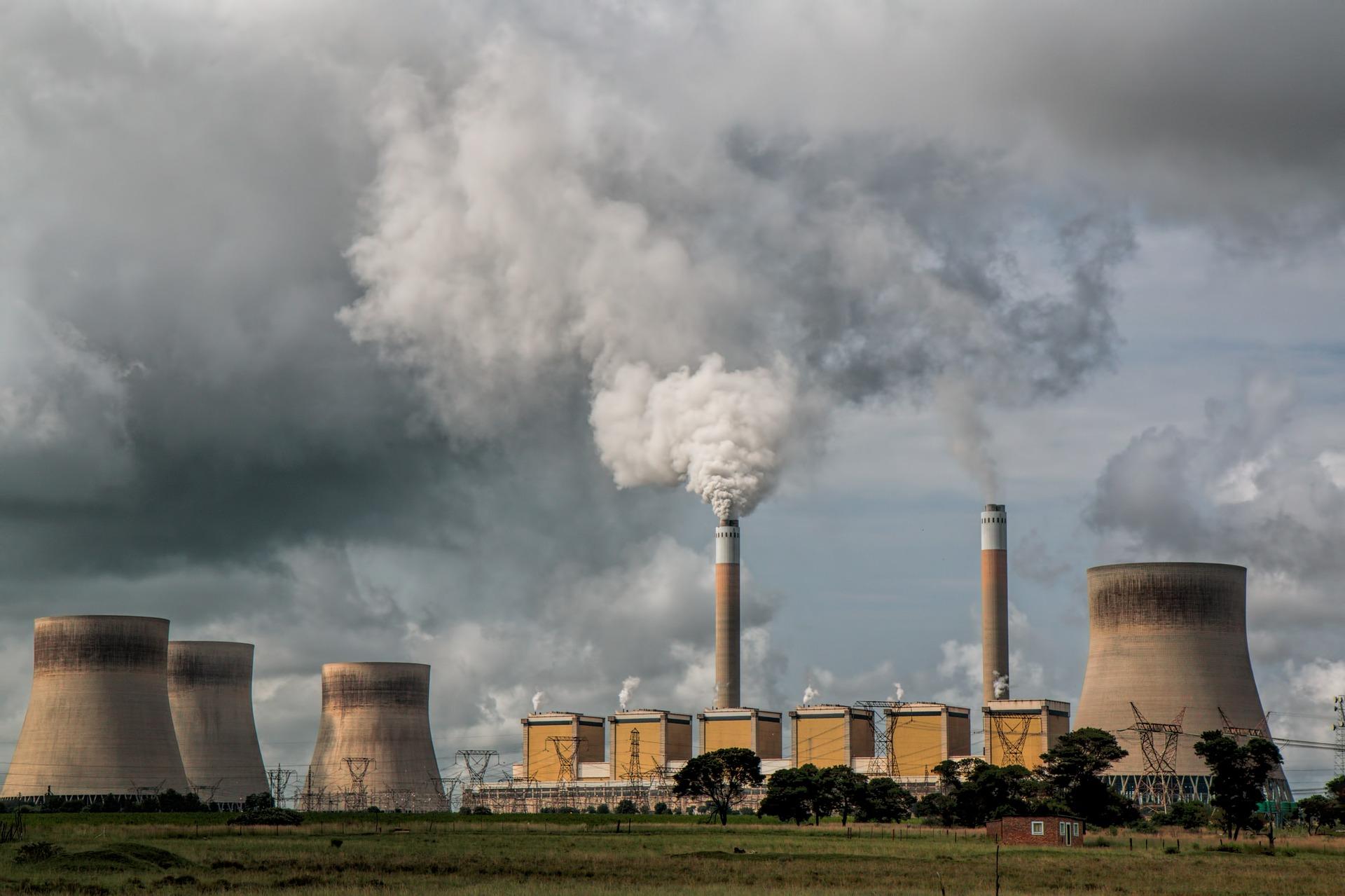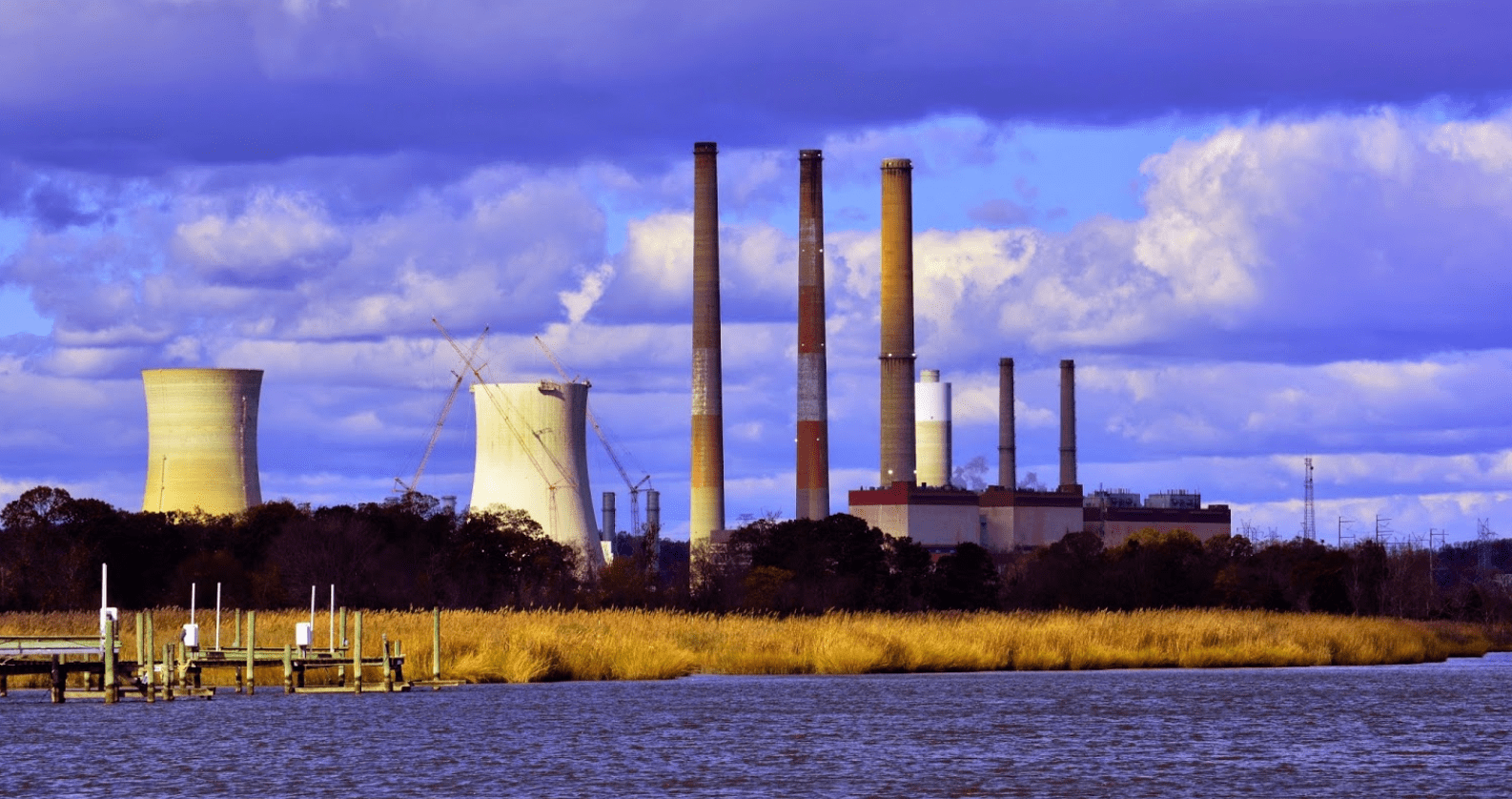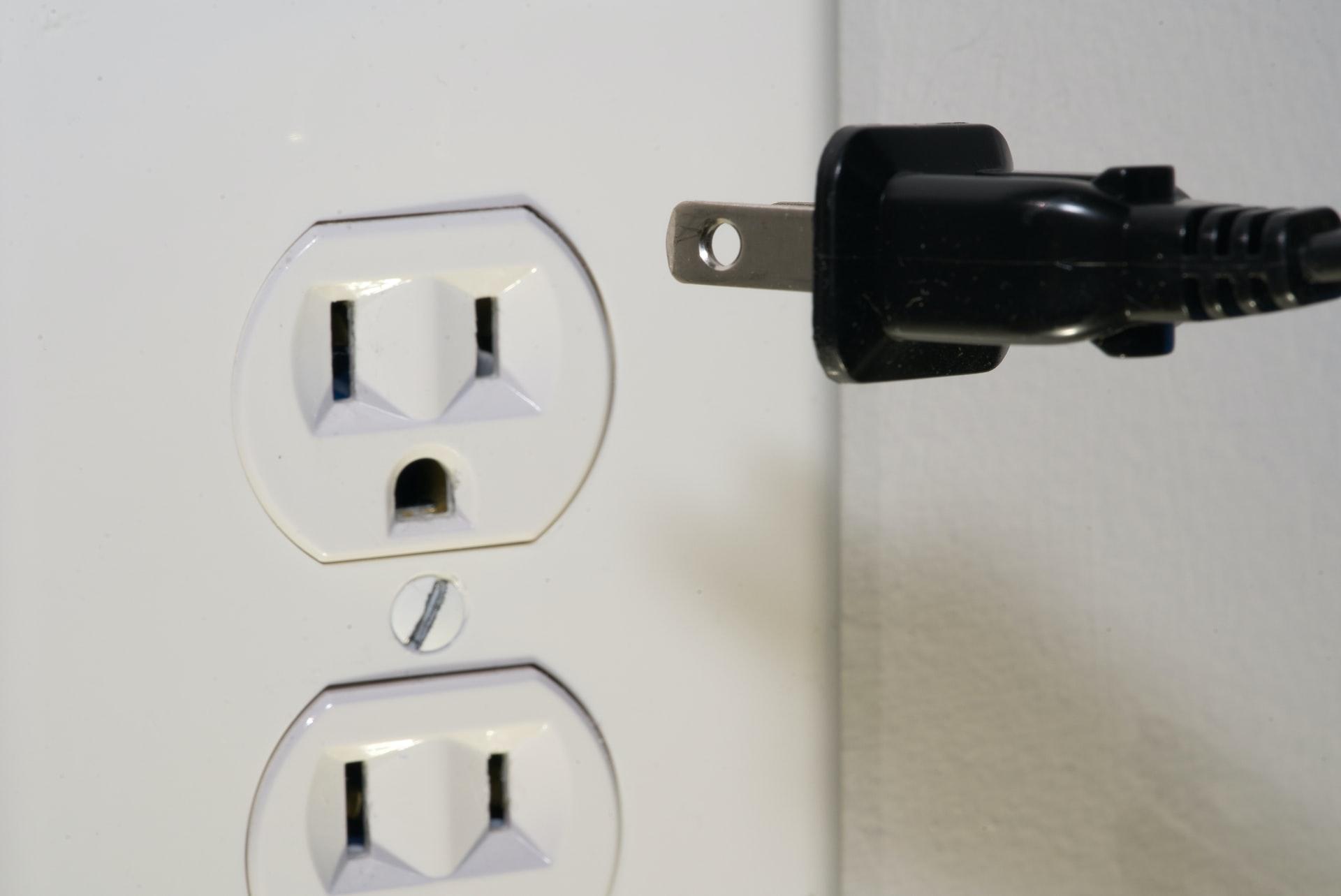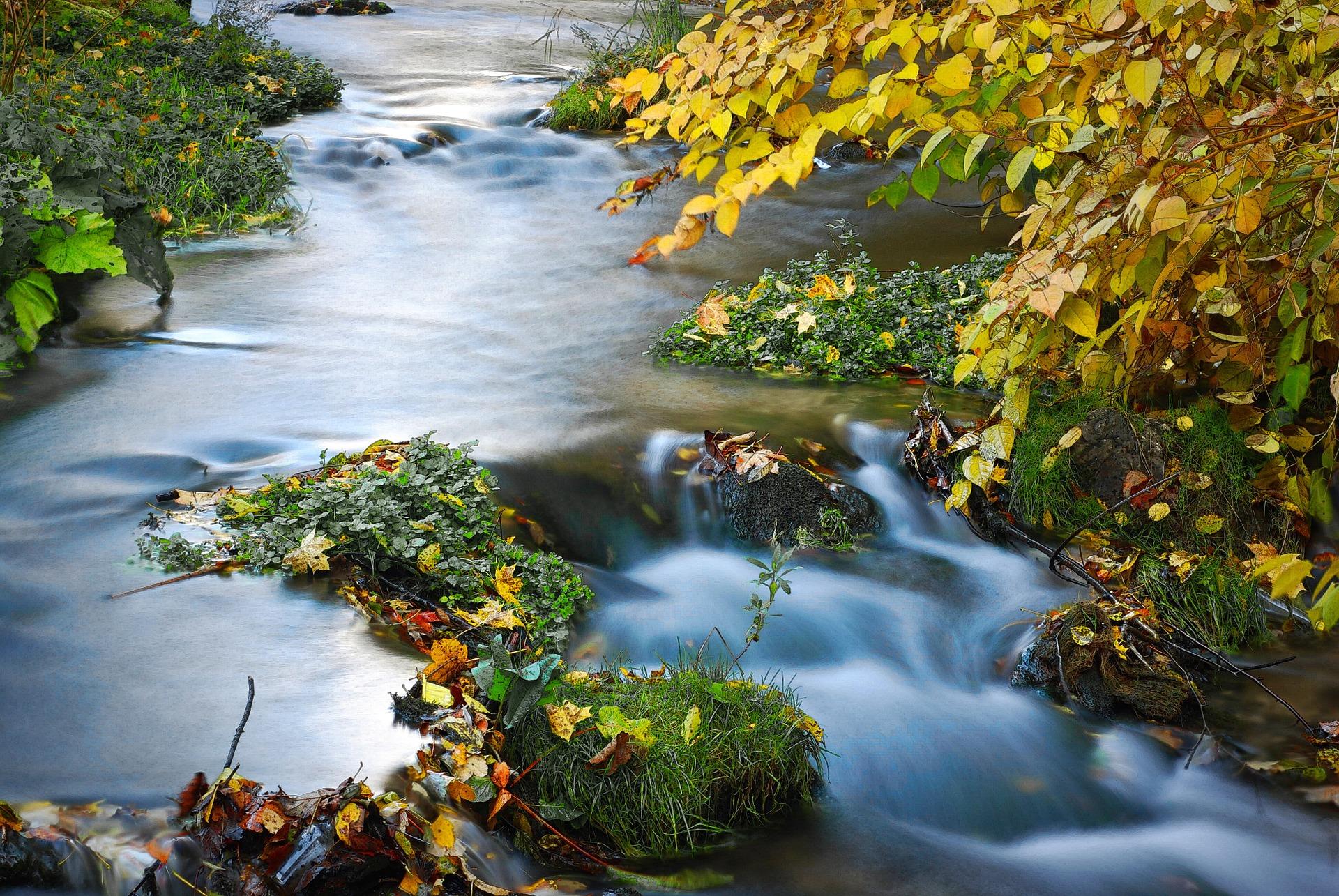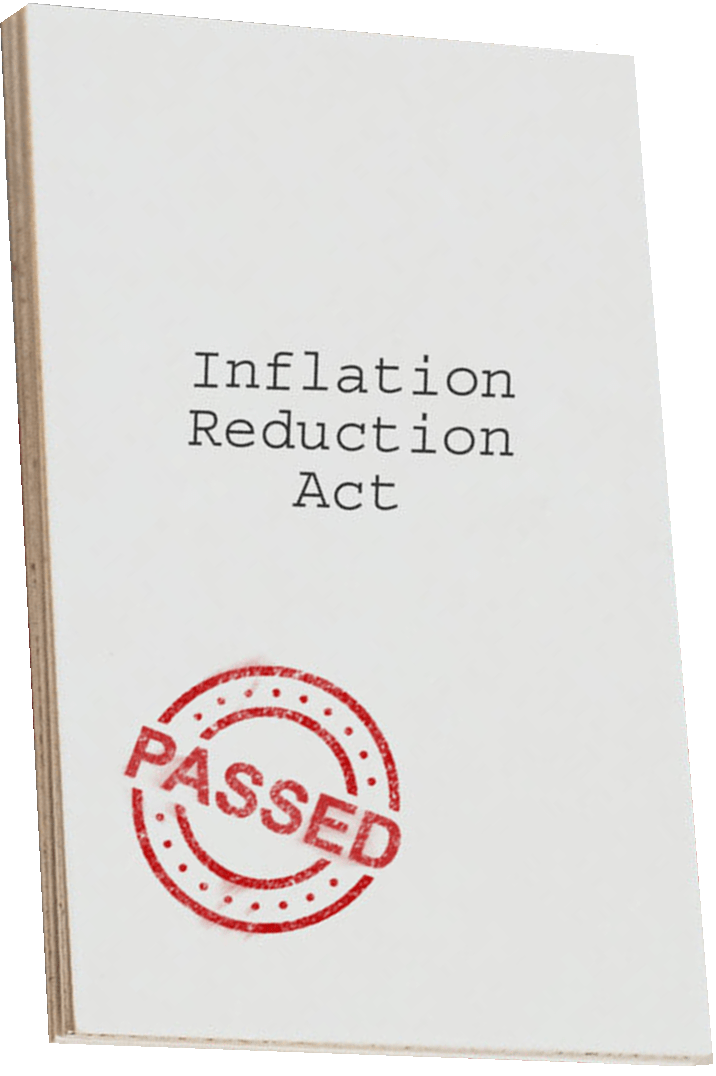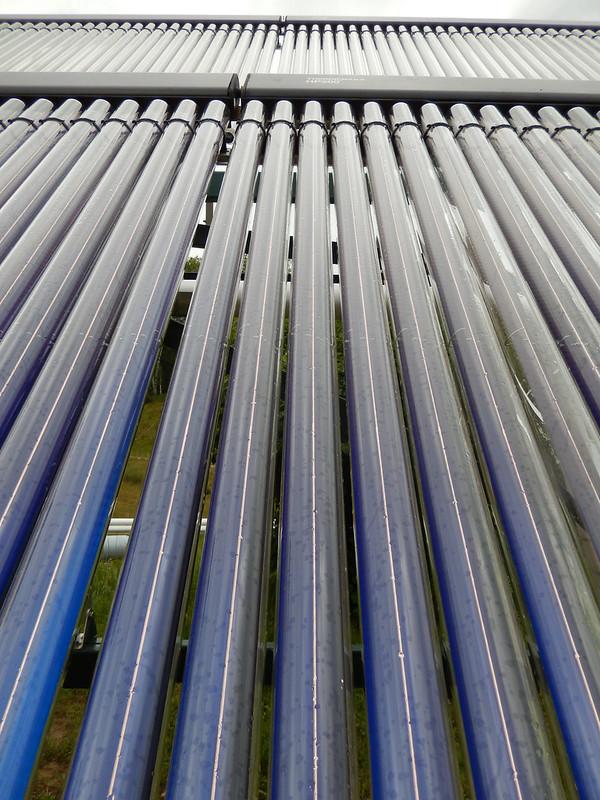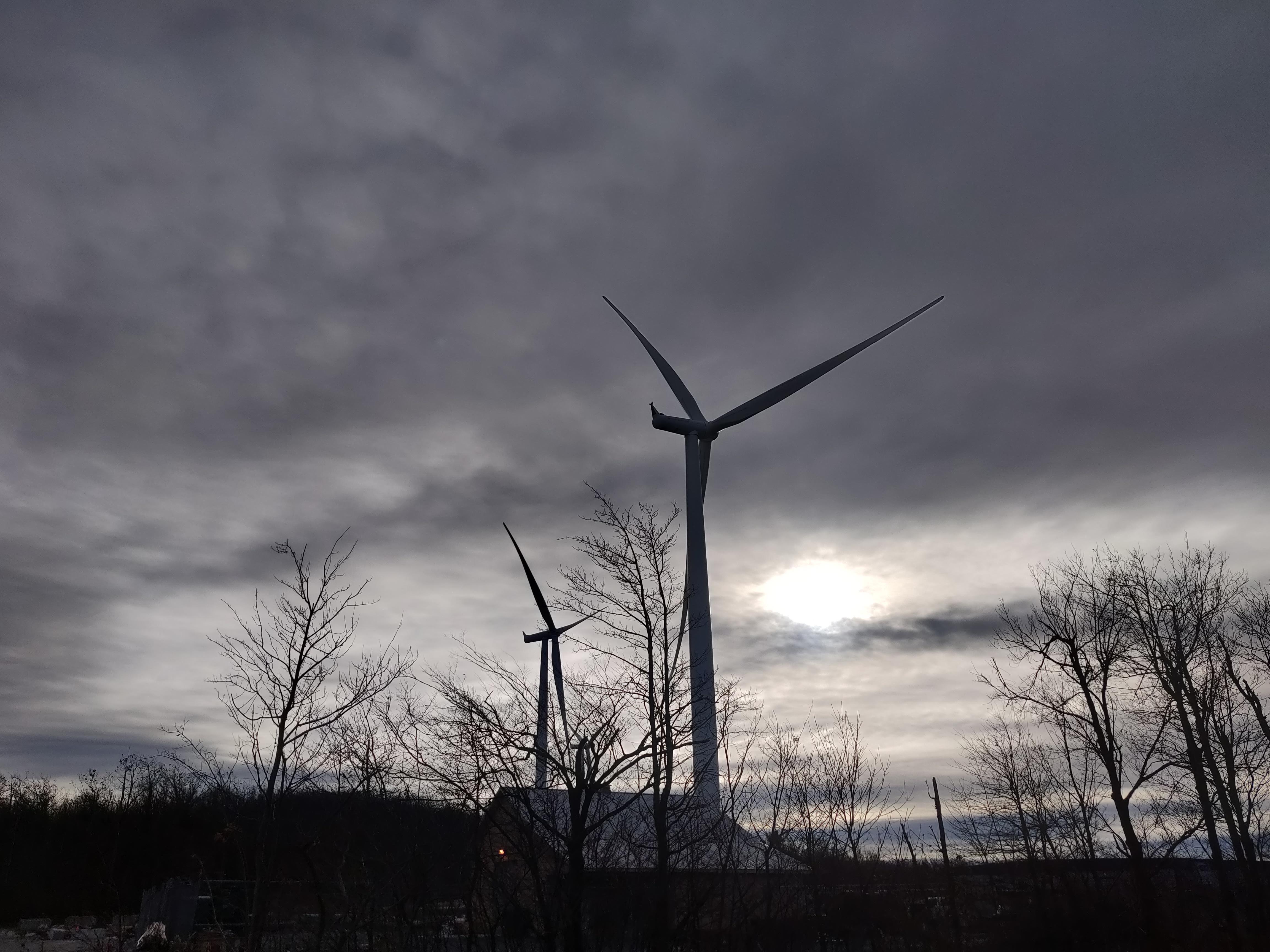he sun is the ultimate source for all of the energy sources and fuels that we use today. Various technologies have been developed to collect and use solar thermal (heat) energy, as well as to convert solar energy into electricity. Solar thermal energy systems are commonly used to heat water (homes, buildings, or swimming pools), indoor air (homes, greenhouses, and other buildings), and high-temperature fluids (solar thermal power plants). On the other hand, solar photovoltaic (PV) systems convert sunlight into electricity using small PV cells (calculators, watches, and other small electronic devices), PV panels and arrays (electricity for an entire house), or even larger PV power plants that may cover many acres (multiple housing units, commercial/industrial operations).
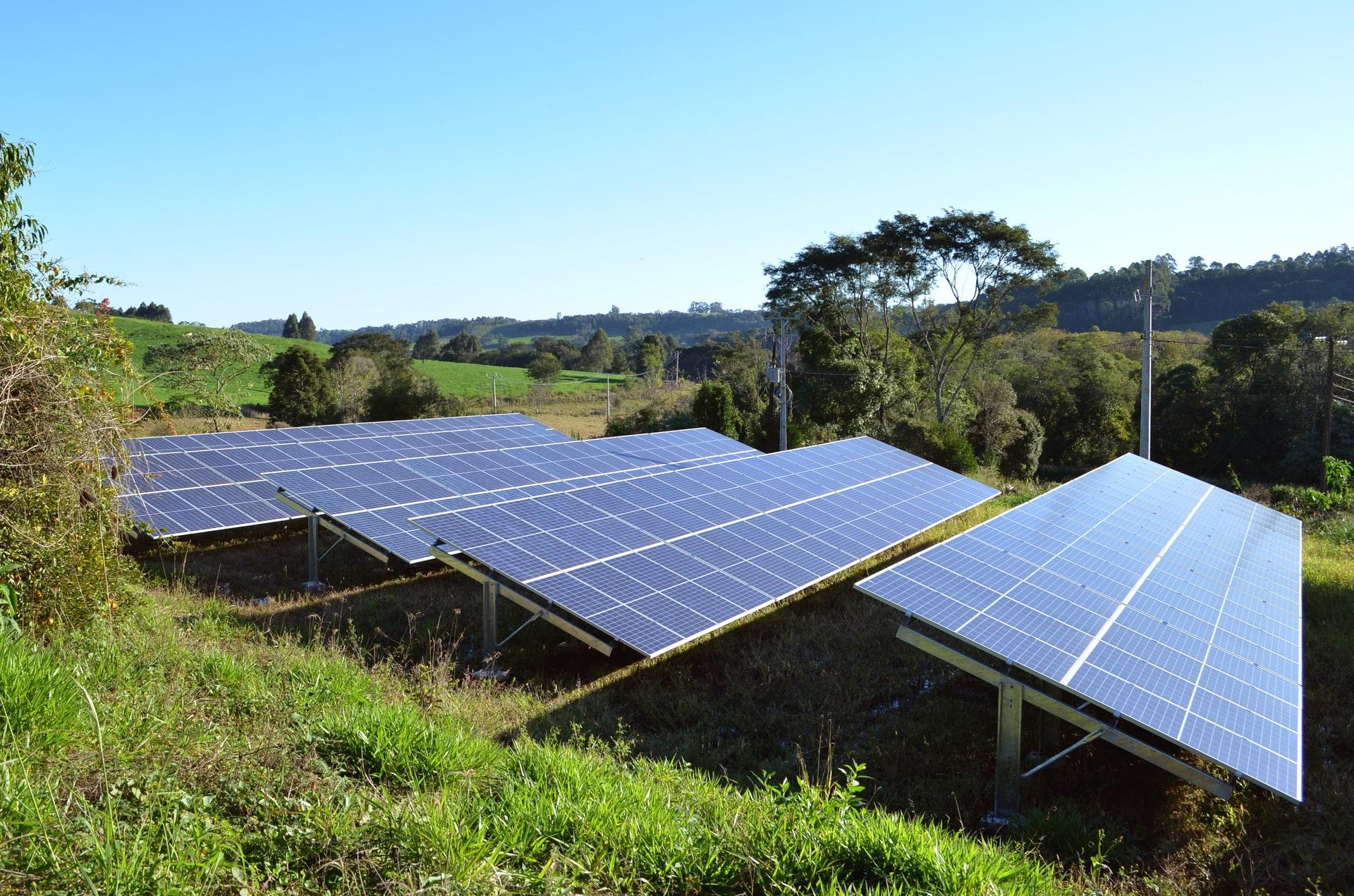
Solar energy provides about one-fourth of Maryland's renewable electricity generation, and has increased significantly in recent years, nearly tripling from 2016 to 2018. Two-thirds of the state's solar generation came from small-scale solar photovoltaics (PV), such as rooftop solar panels, and the rest of the generation was at larger utility-scale sites like solar farms. By early 2019, Maryland had nearly 1,100 megawatts of solar generating capacity installed. The state's largest solar project—located on the Eastern Shore—came online in 2018 with a generating capacity of 75 megawatts. Several large solar panel arrays also have been installed at commercial buildings in the state.


